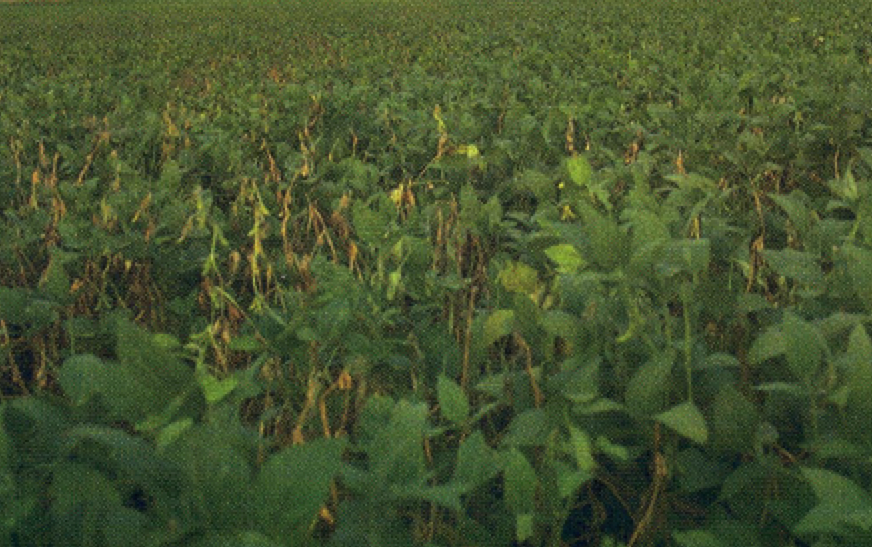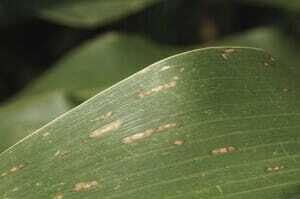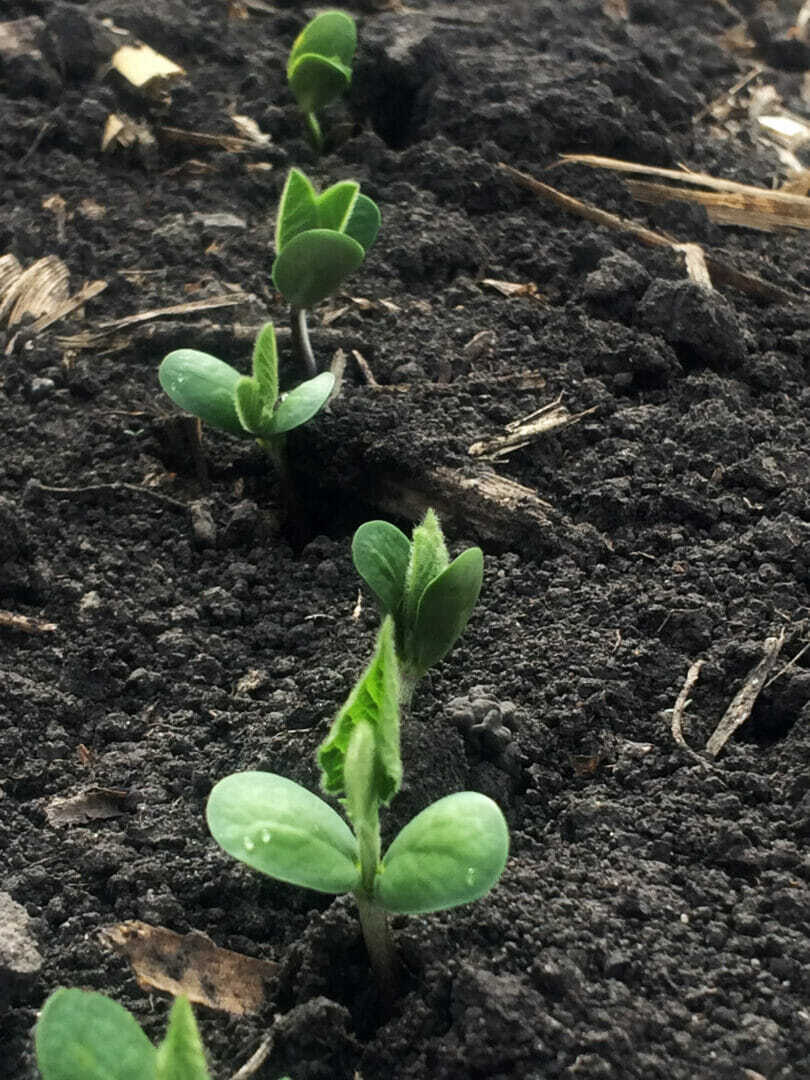 White Mold, or Sclerotinia Stem Rot, is becoming evident now in many soybean fields across the Upper Midwest. Like weed seeds, sclerotia can lay dormant for years and then grow when the conditions are suitable. Cooler than normal temperatures, combined with ample moisture in fields, has created a favorable environment for the fungus in recent weeks.
White Mold, or Sclerotinia Stem Rot, is becoming evident now in many soybean fields across the Upper Midwest. Like weed seeds, sclerotia can lay dormant for years and then grow when the conditions are suitable. Cooler than normal temperatures, combined with ample moisture in fields, has created a favorable environment for the fungus in recent weeks.
Today we’re providing tips to help you prevent the fungus from spreading this season and remedying it for the future.
White Mold starts to show when soybean plants are in the early reproductive stages and there is moisture in the crop canopy. This usually happens in July and August, but we’re just starting to notice it now since it took longer for soybean crops to reach the reproductive stage due to later planting dates.
In addition to the fluffy white mycelium of the fungus, a closer inspection of the plant will turn up sclerotia. These black, oblong structures resemble rat droppings. Sclerotia form in the center of the bleached plant stem and also develop inside the stem, so they can be easily seen when the stem is split.
Sclerotia are the fungus’ survival structures. Although they are initially soft, sclerotia harden with age and basically encapsulate the fungus. Deep tillage can bring sclerotia to the surface, causing White Mold to be found in areas where it hadn’t been seen for a decade or more.
Preventing the Spread
Because infected soybean plants may not produce seed, a little White Mold can have a big impact on yield. Most likely, you won’t be able to do anything for the plants already infected with the fungus but you can protect the rest of the field. Certain foliar fungicides may be applied when you see White Mold starting to attack, so contact your local Ag Retailer or Crop Consultant for specific recommendations.
There are also Best Management Practices to help prevent White Mold from surfacing in future years. In fields with a history of White Mold, be sure to select soybean seed with resistance to White Mold. Research shows that it also helps to lower the plant population in these fields; avoid planting 200,000 plants per acre regardless of row width.
The most effective defense against White Mold is to keep the fungus out of a field, but this is easier said than done. To prevent White Mold from spreading:
- Avoid harvesting disease-infested fields before harvesting healthy fields
- Clean your combine thoroughly after a field with White Mold is harvested. It’s important to clean the combine before moving to a field with no history of the disease.
- If White Mold is restricted to a portion of the field, that restricted area should be harvested last and independently from the rest of the field.
- If White Mold is already present in a field, keep sclerotia out of the upper layer of the soil, and prevent the sclerotia from distributing over a wider area
Soybeans with very good to excellent White Mold tolerance:
L1568R2
L1783R2
L1868L
L1948R2
L1985R2
L2083L
L2084R2
L2183R2
L21B53R2
L2253R2
L2440R2
L2483R2
L2648R2
L2758R2
L2780R2
L2883L
L3158L
 Like a pendulum swinging on a clock, many farmers are still going back and forth about which crop to plant this spring.
Like a pendulum swinging on a clock, many farmers are still going back and forth about which crop to plant this spring.







